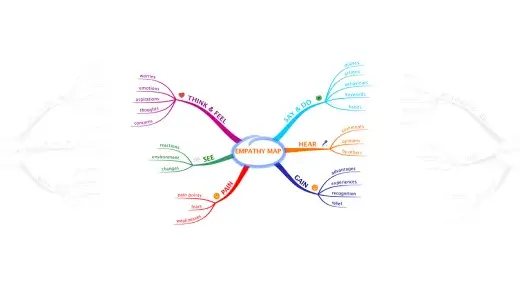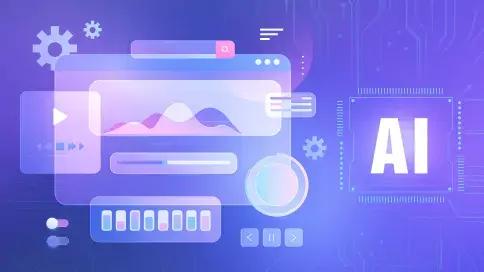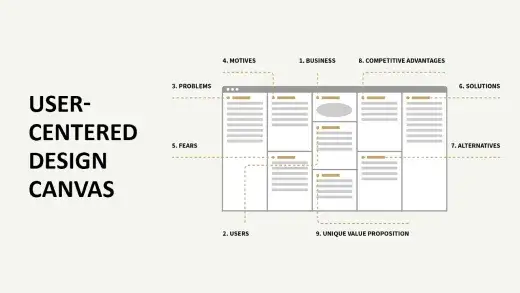WHAT IS UX?

WHAT IS UX?
❖ What is UX in software industry?
UX Design is the process of designing systems and digital products that solve users and business needs, help them achieve their goals and enhance their delightful interaction with your products. It is more than just sketching out or screen and visual design. UX Design studies users behavior and their motivations to build useful and easy-to-use application.
❖ Who is UX Designer in software industry?
UX Designer is in charge of product research, creating personas and scenarios, information architecture, creating wireframes, prototyping, and product testing to ensure the application is easy to use for users. UX Designer is the person who balances between user needs, business goals, and technical constraints. No matter how sophisticated and well-functioning the application is, UX Designer ensures the product is possible for developers to code.
❖ UX Designer, UI Designer are NOT the same
UX Designer
- UX Designer is one that design the user’s experience with the final product through envisioning the user journey and planning the emotions, features, benefits that they will experience at every level of a product as well as offering solutions to solve users’ problems and satisfy their demands.
- A UX designer will consider the Why, What and How of product use. The “Why” involves the users’ motivations for adopting a product, the “What” addresses the things people can do with a product - its functionality, and the “How” relates to the design of functionality in an accessible and aesthetically pleasant way.
UI Designer
UI Designer crafts beautiful appealing design to create the look and feel of the application and comply with the solutions provided by the UX Designer.
To sum up
→ UX makes application easy-to-use and helpful
→ UI makes application beautiful
❖ What do UX Designers do? Output?
UX designer’s responsibilities can vary dramatically from company to company and sometimes even from project to project within one company, but their main responsibilities include:
- Product research: it’s the foundation to the design because UX Designer can identify and understand customer needs, pain points, goals, motivations, and behaviors. It allows designers to avoid assumptions and make informed decisions.
- Participate in setting the feature list to solve user problems.
- Create task flows that users can easily implement but still have to align with their needs.
- Define the information architecture according to the logic and user needs so that they can navigate between pages and easily search when needed | so that they can understand where they are, and where the information they want is in relation to their current position.
- Create wireframes by digital tools. The output for this step is a high fidelity wireframe. After that, UX Design Team will pass this wireframe to UI Design Team so as to "beautify" the product.
- Product testing: UX designers learn about any problems that may arise when users interact with the product. Product testing might be simply done by conducting in-person user tests to observe one’s behavior.



